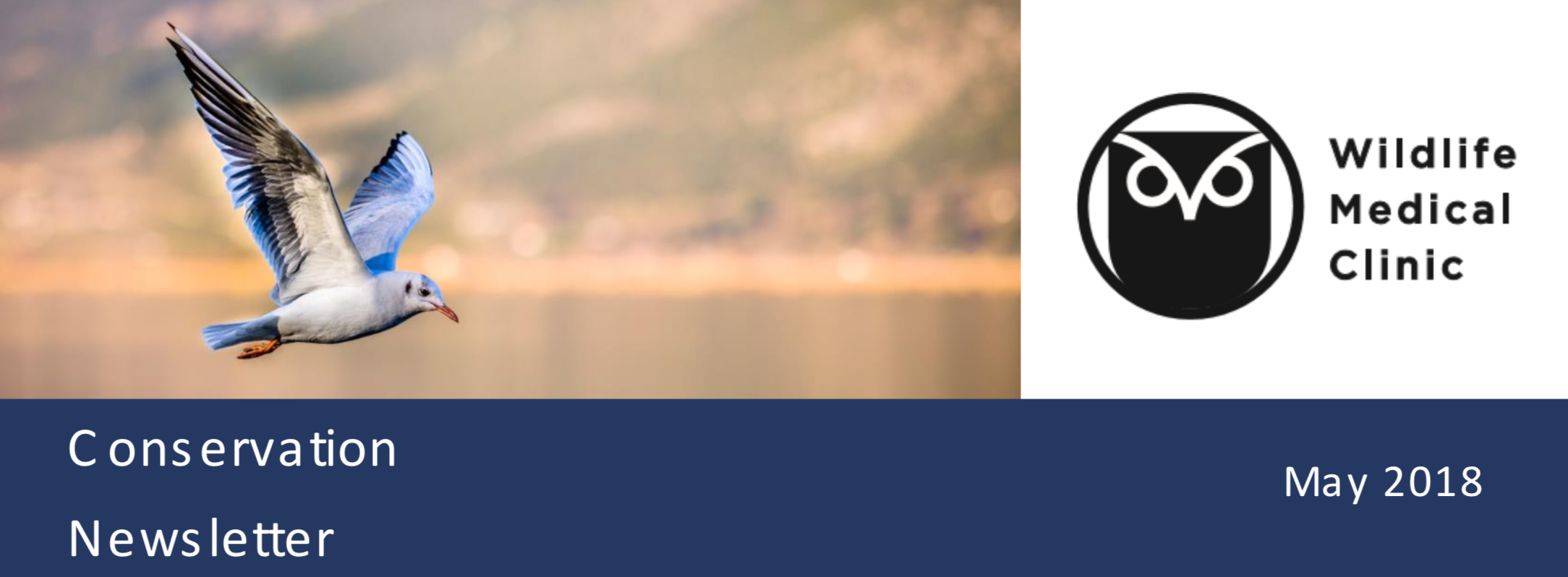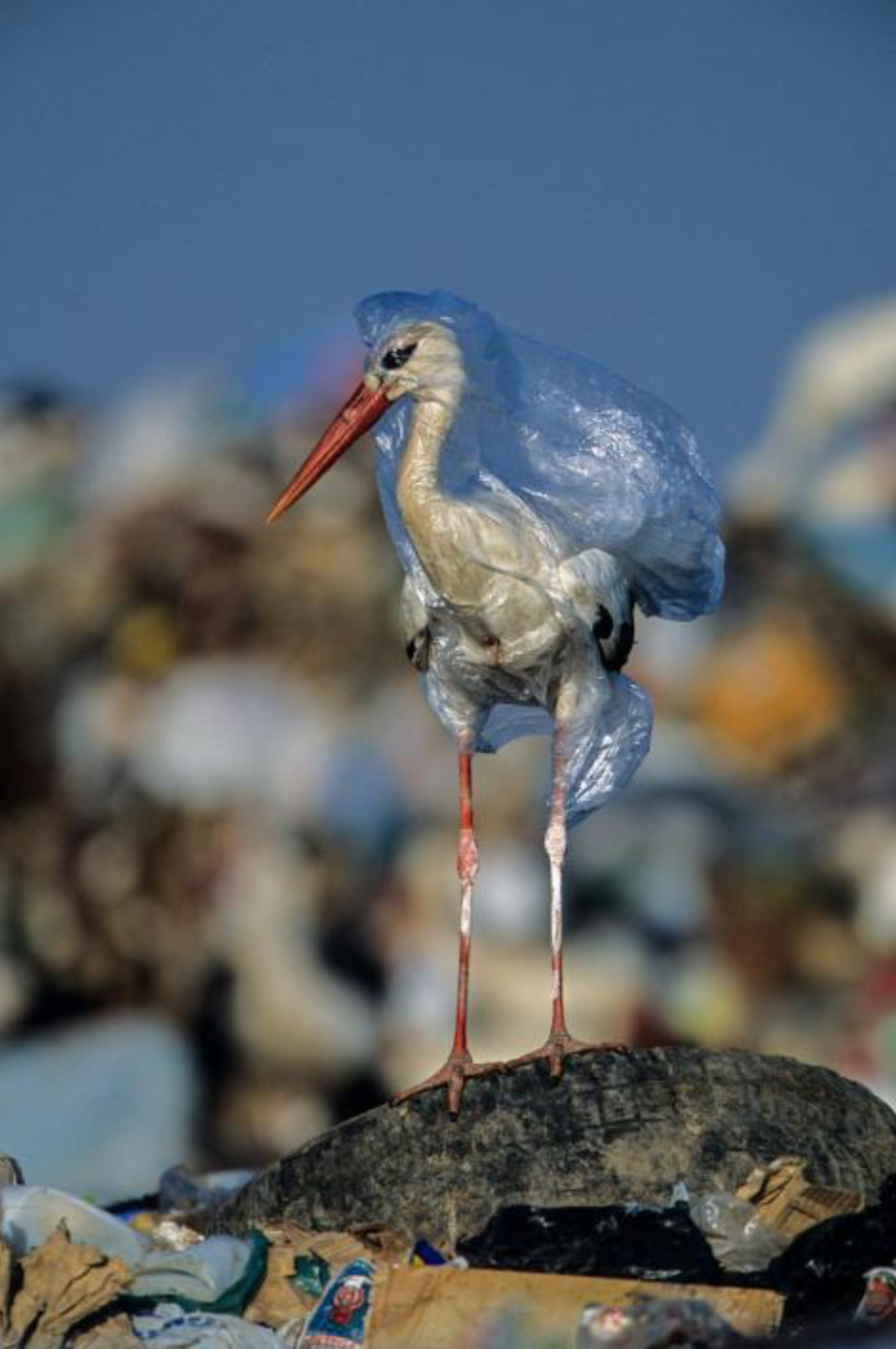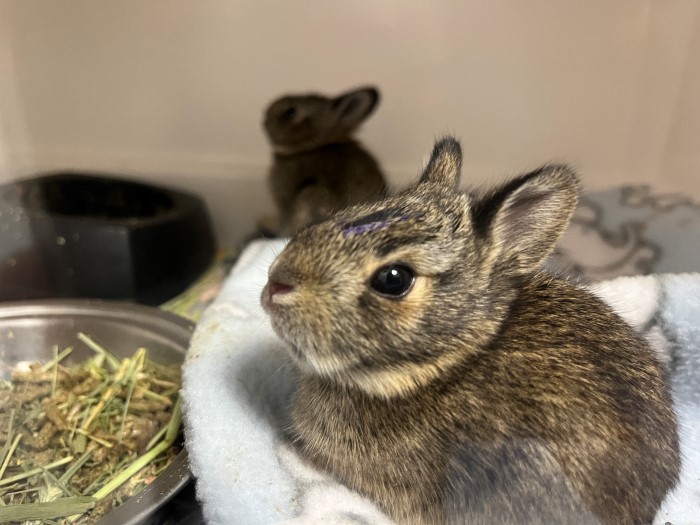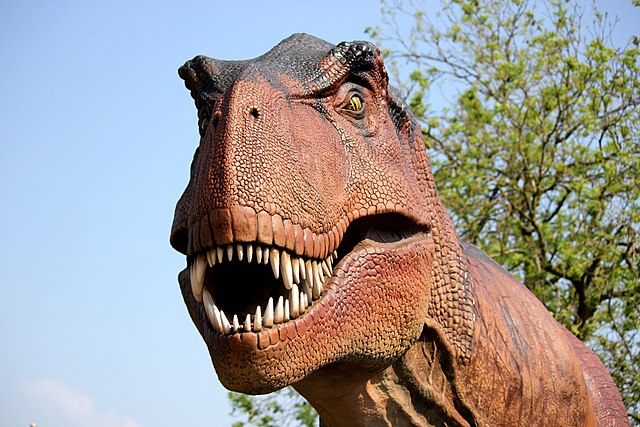
Marine Life vs. Plastic

at a landfill in Spain. By JOHN CANCALOSI
“The really sad thing about this is that they’re eating plastic thinking it’s food,” says a marine biologist with the National Oceanic and Atmospheric Administration named Mathew Savoca, of seabirds and marine animals. For example, flesh-footed shearwaters are seabirds that nest near Australia and New Zealand. Researchers have found that they “Consume more plastic as a proportion of their body mass than any other marine animal.” As a result, these animals expend precious energy searching for food, often only to return with more plastic for their young. According to Savoca, “Single-use plastics are the worst. Period. Bar none,” such as straws, water bottles, and plastic bags. To date, nearly 700 species of marine animals have been reported to have eaten or become entangled in plastic. To read the original article and others about the environmental effects of plastic, check out the June 2018 issue of National Geographic magazine.
Continue reading: WMC_newsletter_may2018
Kate Keets VM2021
WMC Conservation Chair



